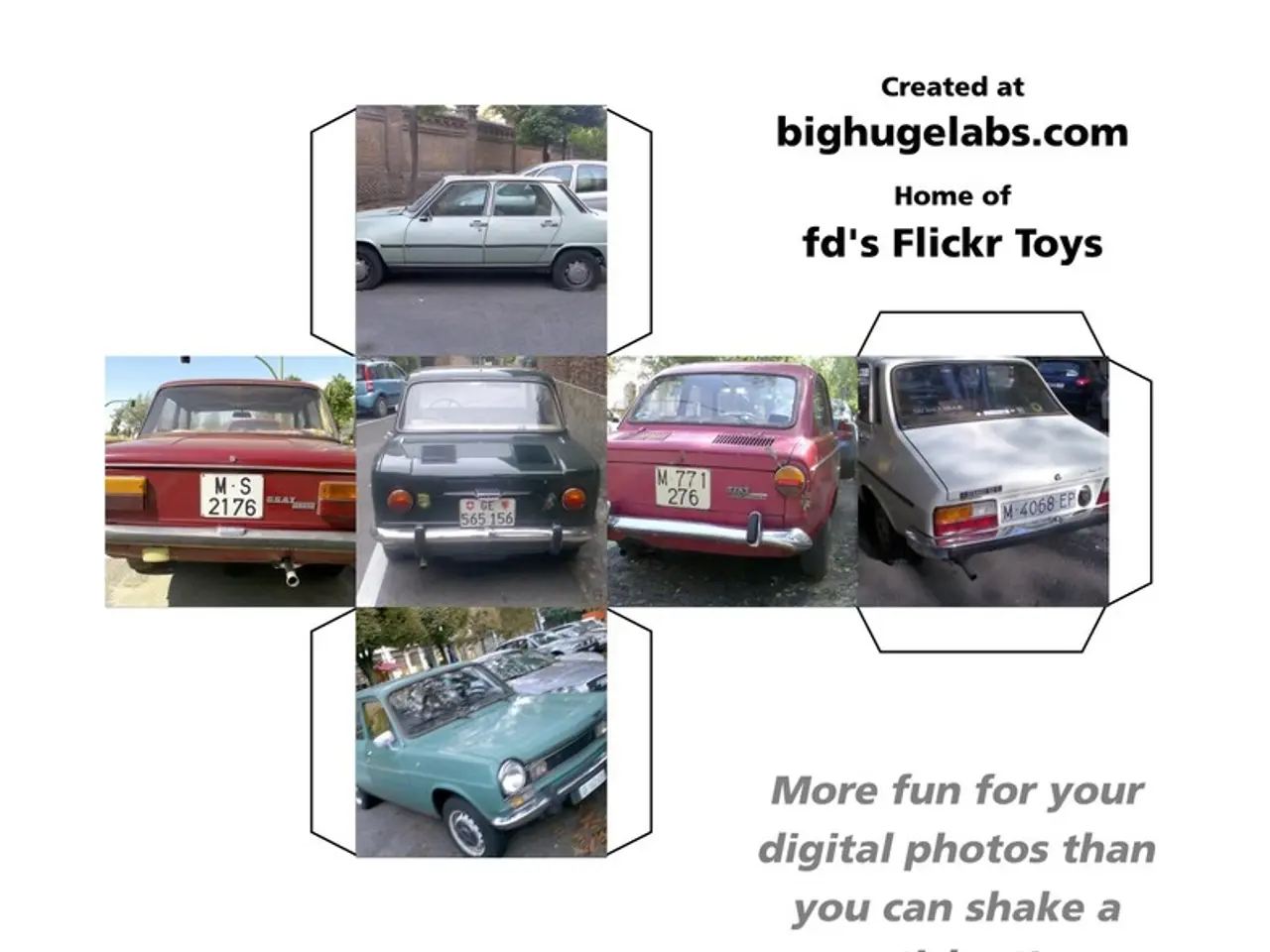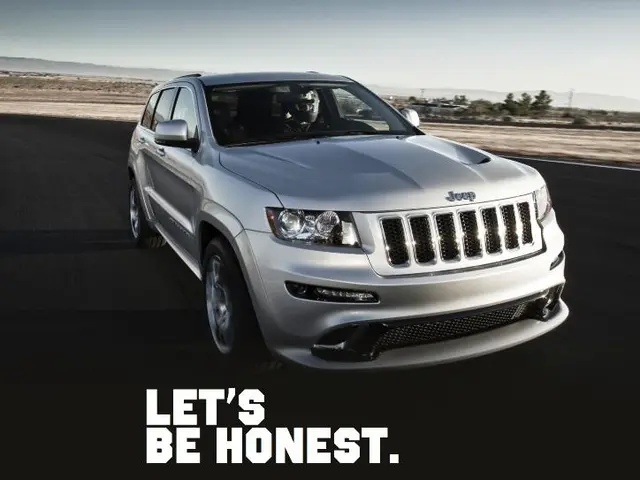Competition between East and West, Emphasis on Digital Advancement Surfaces in Munich
In the rapidly evolving world of automotive manufacturing, the necessity of user-focused approaches has become increasingly apparent. This realization comes as consumer needs are evolving faster than the industry's understanding and product plans, emphasizing the importance of prioritizing the customer over technology-driven development.
The transition to a more customer-centric approach is not without its challenges. Profit warnings from Western manufacturers reflect the financial strain of this transition, as they grapple with the resource drain of adopting new technologies and business models.
One potential solution to this challenge is the consideration of open-source vertical stacks while managing horizontal ecosystems at multiple layers. This approach could help alleviate the resource drain by leveraging shared resources and collaborative development.
By 2028, the industry will clearly distinguish between those who have successfully navigated the digital metamorphosis and those who haven't. Companies that master software development, data architecture, and ecosystem partnerships while maintaining a consumer focus will emerge as the automotive leaders of tomorrow.
European OEMs face mounting pressure to develop and deploy technology at a pace consistent with Chinese manufacturers. However, they struggle to prioritize customer experience over cost efficiency, limiting their revenue potential and weakening customer relationships. In contrast, Chinese manufacturers such as Leapmotor emphasize co-creation with customers.
The Google-Qualcomm partnership exemplifies hybrid AI solutions, combining Google Cloud's Automotive AI Agent with Qualcomm's edge capabilities. This partnership underscores the importance of collaboration in the development of advanced technologies.
Artificial intelligence (AI) emerged as the defining technology at IAA Mobility 2025, reshaping vehicles from conception to experience. Forward-thinking companies position AI not merely as a feature but as the new vehicle UI paradigm, replacing traditional controls with contextually aware, conversational interactions.
However, European manufacturers are still transitioning from a B2B mindset to a B2C focus, and business decisions continue to be anchored to bill of materials calculations, overlooking software maintenance costs and limiting recurring revenue potential.
The name of the person holding the position of Chief Analyst, Automotive Connectivity at Omdia is Steve Bell. Bell's insights suggest that the transition to software-defined vehicles (SDVs) is accelerating, with industry insiders suggesting testing could begin by 2026 and production starting as early as 2028.
Chinese manufacturers have been building their capabilities in the automotive industry since 2005, including establishing European design centers, R&D facilities, and local distribution networks. They now possess advanced technology and quality but must build consumer trust and demonstrate staying power.
At IAA Mobility 2025, the symbolic reversal of European engineers studying Chinese vehicles underscored a shift in innovation leadership from Europe to China. European automakers showcased technological advancements, but there is a disconnect between public ambitions and organizational readiness to execute on software competence.
The 2028 Inflection Point is critical for the automotive industry. It is when software-defined vehicles will begin mass production, Chinese manufacturers will have established their European presence, and digital transformation initiatives will have either succeeded or failed.
Traditional suppliers are adapting to new market realities as Tier One suppliers answer to different masters in the evolving ecosystem. Teams rely on outdated key performance indicators (KPIs) that hinder innovation, and software-based preventive maintenance is labeled as "recalls," penalizing practices that could enhance vehicle quality.
Chinese manufacturers have most completely adopted a holistic view of AI, with Xpeng positioning itself as an "AI software stack company" whose technology happens to be used in vehicles. They design their business models around lifetime customer value, including software updates, service opportunities, and ecosystem integration.
In conclusion, the automotive industry is at a pivotal moment. The 2028 Inflection Point will determine the future of the industry, with those who successfully navigate the digital metamorphosis emerging as the leaders. The industry must prioritize user-focused approaches, embrace collaboration, and adapt to the new market realities to thrive in the coming years.
Read also:
- Electric-powered vessels take to the waters of Maine
- Elon Musk accused by Sam Altman of exploiting X for personal gain
- Comparing the value of top electric scooters: Kinetic DX versus Bajaj Chetak versus TVS iQube - Which one offers the best bang for the buck?
- Tech tycoon Elon Musk alleges Apple is preferring OpenAI, sparking potential lawsuits contemplation








